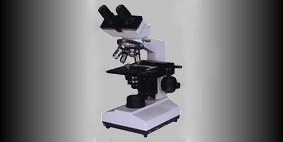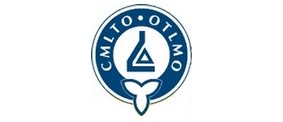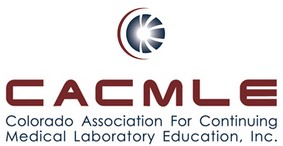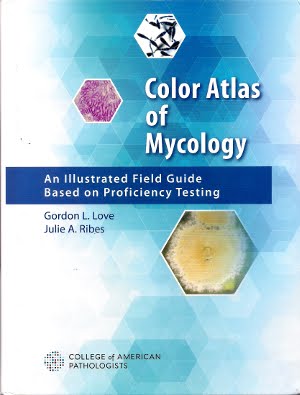Tinea capitis refers to dermatophytosis, a fungal infection of the scalp. Three types of in vivo hair invasion are recognized:
Ectothrix invasion is characterised by the development of arthroconidia on the outside of the hair shaft. The cuticle of the hair is destroyed and infected hairs usually fluoresce a bright greenish yellow colour under Wood's ultraviolet light. Common agents include M. canis, M. gypseum, T. equinum and T. verrucosum.

(click on photo to enlarge for better viewing)
Endothrix hair invasion is characterized by the development of arthroconidia within the hair shaft only. The cuticle of the hair remains intact and infected hairs do not fluoresce under Wood's ultraviolet light which the physician might use in a presumptive diagnosis.. All endothrix producing agents are anthropophilic eg T. tonsurans and T. violaceum.
Favus usually caused by T. schoenleinii, produces favus-like crusts or scutula and corresponding hair loss.
The fungi that instigates tinea capitis thrives in moist and wet environments, and your risk increases if you have poor hygiene, prolonged skin wetness (such as that caused by sweating), and minor scalp injuries. Oral antifungal medication and medicated shampoos, such as those that contain selenium sulfide may be necessary to eliminate the infection.
The microphotographs above are of a single human hair with the arthroconidia visible within the hair shaft. They fluoresce because they were stained using Calcofluor White prior to being placed under a microscope cover slip and slide. Viewed under a fluorescent microscope at a magnification of x800.


















.jpg)























